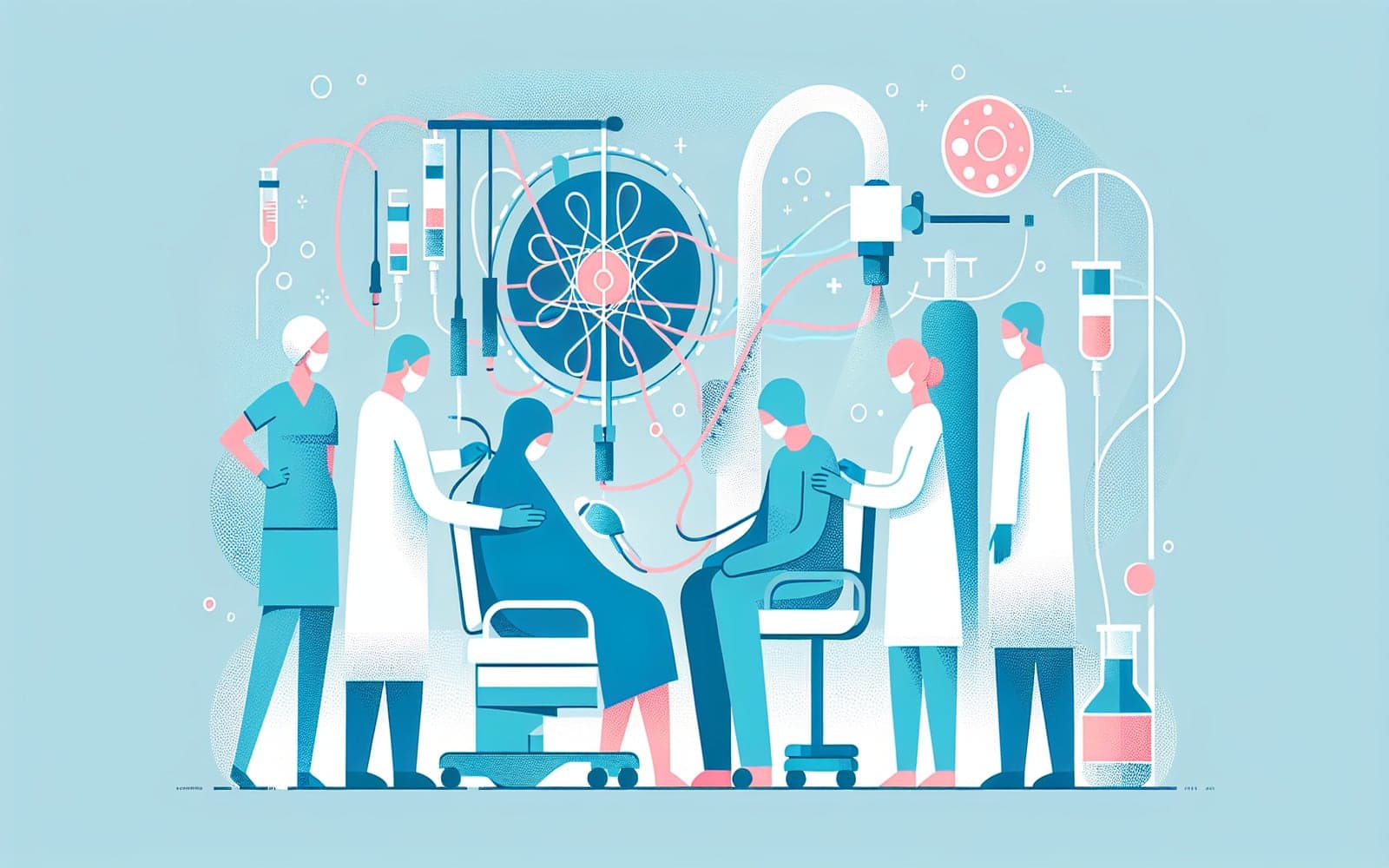How Does Sentinel Lymph Node Biopsy Work?
Published: May 07, 2024
A sentinel lymph node biopsy is a key procedure in determining the spread of breast cancer. Let's dive into how it works and why it's important.
Contents
What is a Sentinel Lymph Node Biopsy?
A sentinel lymph node biopsy (SLNB) is a surgical procedure that helps determine if breast cancer has spread to the lymph nodes. During the biopsy, surgeons locate and remove the first few lymph nodes into which a tumor drains. These nodes are then tested for cancer cells. If these nodes are cancer-free, it suggests that the cancer hasn't spread to other nodes.
Why is SLNB Important?
SLNB provides crucial information without the need for more extensive surgery. It helps doctors decide whether further procedures, like axillary lymph node dissection (ALND), are necessary. By focusing only on sentinel nodes, patients often experience fewer side effects, such as reduced risk of lymphedema, compared to more invasive procedures.

What Happens After SLNB?
If the sentinel lymph nodes show no signs of cancer, patients may not need additional lymph node surgery. However, if cancer cells are present, further treatment, like additional surgery or radiation, might be required. The results of SLNB guide the overall treatment plan, ensuring that it's as effective as possible.
Frequently Asked Questions
SLNB is a procedure to check if breast cancer has spread to lymph nodes.
It helps determine the extent of cancer spread and guides treatment.
It has fewer side effects than more extensive surgeries.
Further treatment like surgery or radiation may be needed.
Key Takeaways
SLNB plays a critical role in breast cancer treatment by providing valuable insights with minimal intervention.
Explore more about SLNB and its benefits by consulting with Doctronic.Related Articles
References
Giuliano AE, Hunt KK, Ballman KV, et al. Axillary dissection vs no axillary dissection in women with invasive breast cancer and sentinel node metastasis: a randomized clinical trial. JAMA 2011; 305:569.
Always discuss health information with your healthcare provider.

